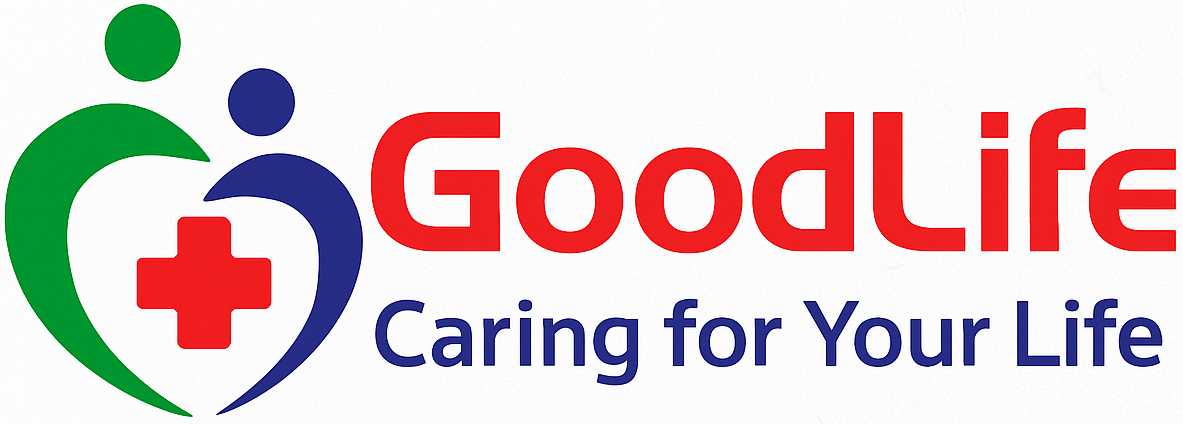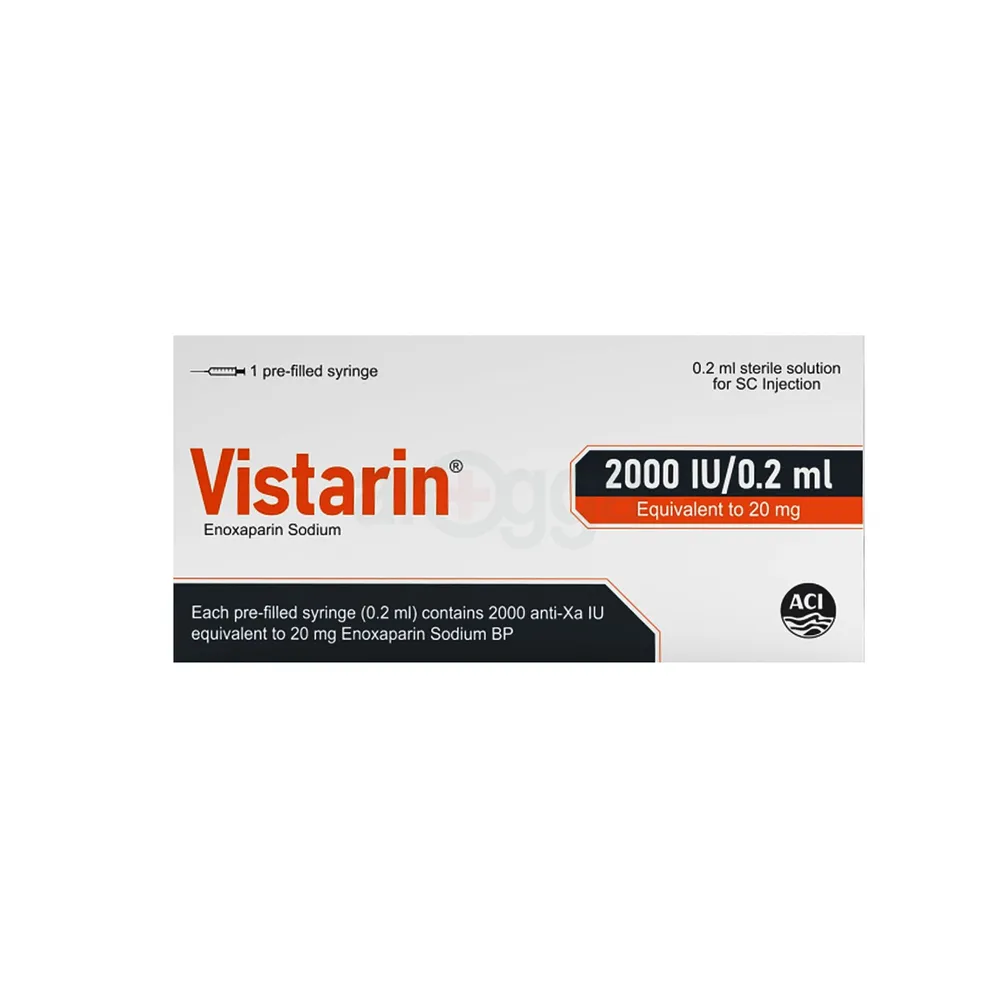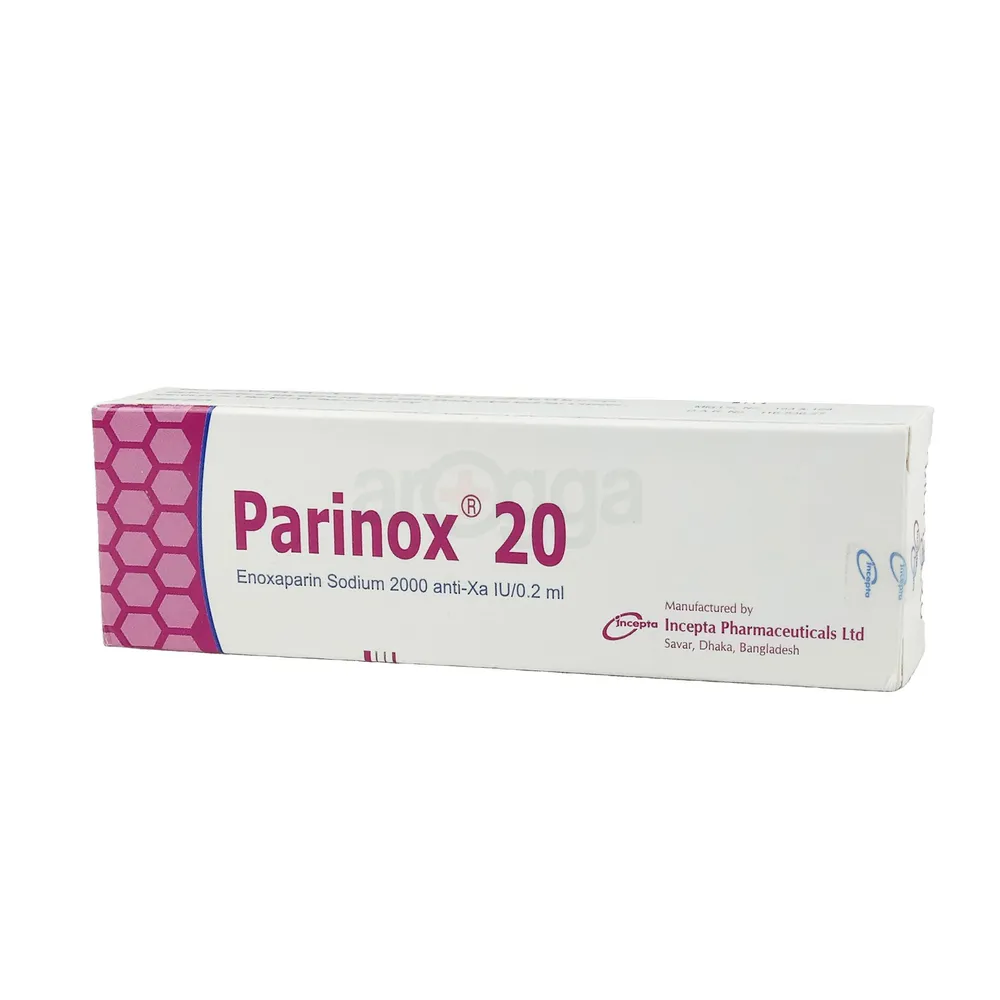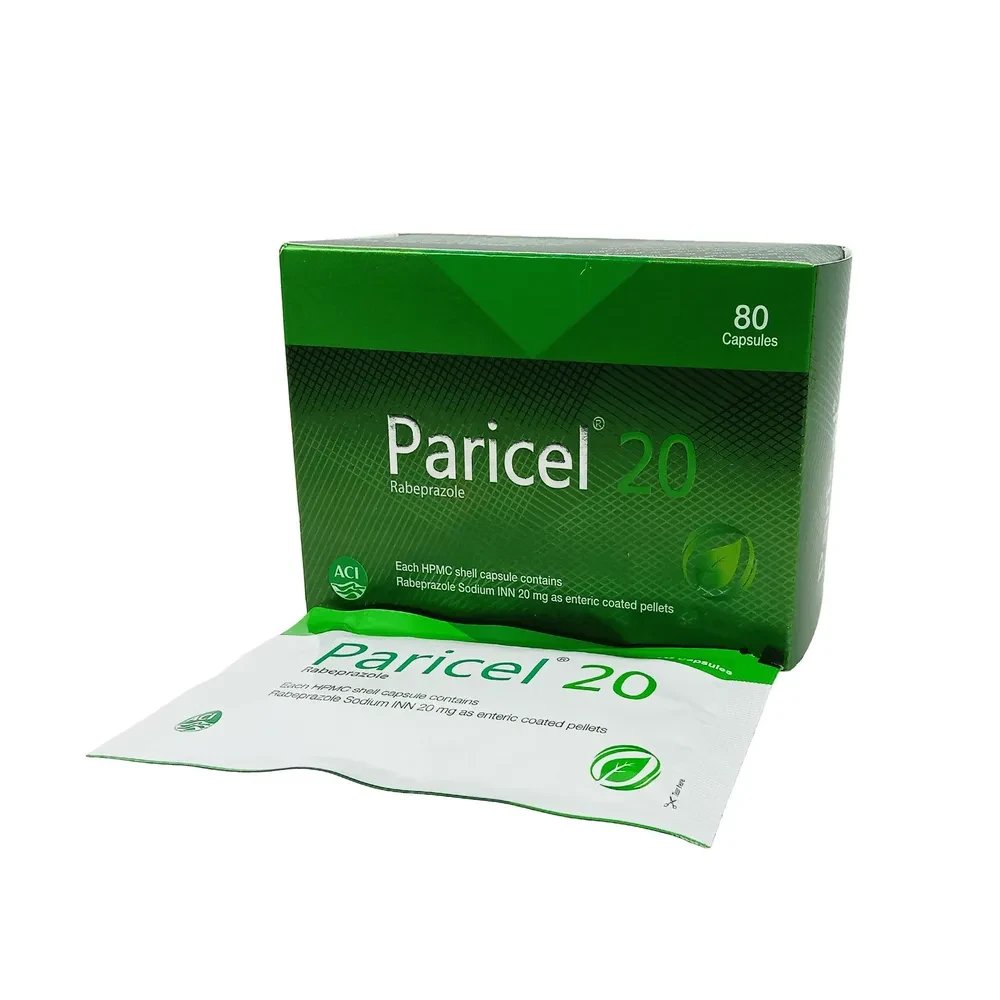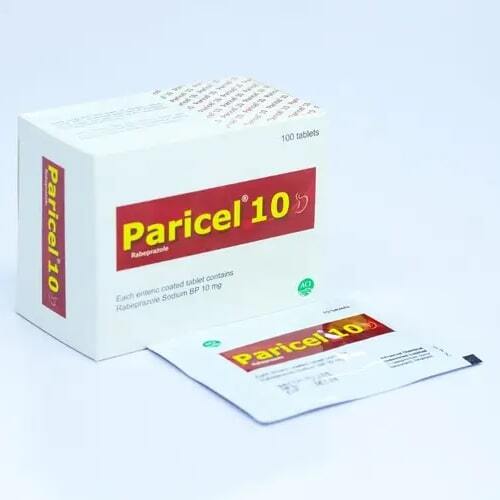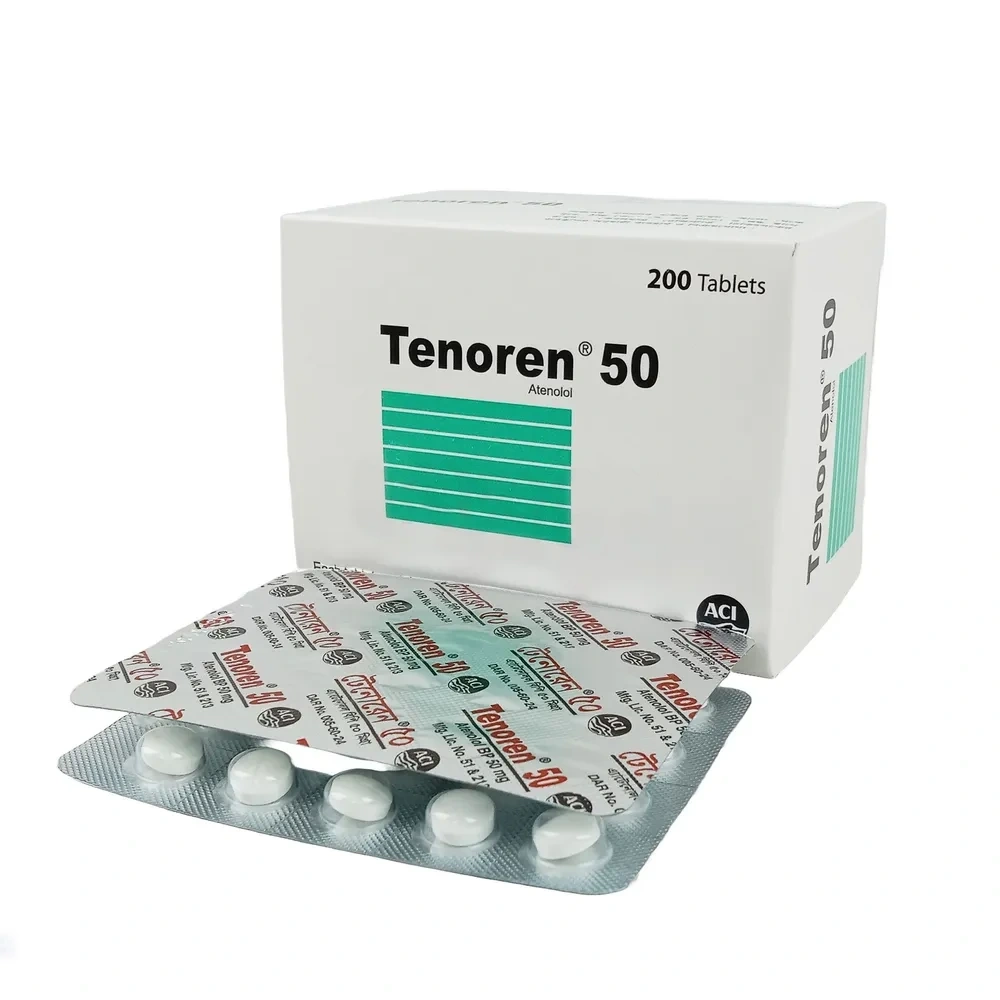Medicine Overview of Vistarin 20mg/0.2ml Injection
Low body weight (<45 kg for women or <57 kg for men): Increased exposure has been observed with prophylactic (non-weight adjusted) dosage; carefully monitor for sign/symptoms of bleeding
Administer deep SC alternating right and left anterior and posterior abdominal walls into skin fold held between thumb and forefinger
Use of tuberculin syringe (or equivalent) is recommended to assure appropriate measurement of dose
For IV administration, may administer in IV line with 0.9% NaCl or D5W
Show less
Deep Vein Thrombosis (Prophylaxis)
Prevent the occurrence of pulmonary embolism in patients at risk for thromboembolic complications who are undergoing abdominal surgery or hip or knee replacement surgery, as well as in medical patients with severely restricted mobility during acute illness
Abdominal surgery
40 mg SC qDay; initiate 2 hr preoperatively
Knee or hip replacement surgery
30 mg SC q12hr; initiate therapy 12-24 hr postoperatively and continued for 10 days or up to 35 days postoperatively or until risk of DVT has been significantly reduced or patient is on anticoagulant therapy
For hip replacement surgery, may consider administering 40 mg SC qDay, initiated 9-15 hr preoperatively and continued for 10 days or up to 35 days postoperatively or until risk of DVT has been significantly reduced or patient is on anticoagulant therapy
Medical patients with restricted mobility
40 mg SC qDay; continue until risk of DVT has been significantly (6-11 days) reduced or patient is on anticoagulant therapy
Dosing considerations
Abdominal surgery: Duration of administration is 7-10 days; up to 12 days has been administered in clinical trials or until risk of DVT has diminished
Knee or hip replacement surgery: Duration of administration is 7-10 days; up to 14 days has been administered in clinical trials or until risk of DVT has diminished
Medical patients with restricted mobility: Duration of administration is 6-11 days; up to 14 days has been administered in clinical trials
Deep Vein Thrombosis (Treatment)
Inpatient treatment
Acute DVT with or without PE, when administered in conjunction with warfarin sodium
1 mg/kg SC q12hr, OR 1.5 mg/kg SC qDay (administer at same time each day)
Outpatient treatment
Acute DVT without PE, when administered in conjunction with warfarin sodium
1 mg/kg SC q12hr
Dosing considerations
In inpatient and outpatient treatments, initiate warfarin therapy within 72 hours of starting enoxaparin
Continue enoxaparin for a minimum of 5 days and until a therapeutic oral anticoagulant effect has been achieved (INR 2.0-3.0)
Average duration of administration is 7 days; up to 17 days has been administered in clinical trials
Unstable Angina & Non-Q-Wave MI
Prophylaxis of ischemic complications of unstable angina and non-Q-wave myocardial infarction, when concurrently administered with aspirin
1 mg/kg SC q12hr
Regimen includes aspirin (100-325 mg/day PO)
Dosing considerations
Administer for at least 2 days and then continue until clinical stabilization
Usual duration of treatment is 2-8 days; up to 12.5 days has been administered in clinical trials
Acute STEMI
Reduce the rate of the combined endpoint of recurrent myocardial infarction or death in patients with acute ST-segment elevation myocardial infarction (STEMI) receiving thrombolysis and being managed medically or with percutaneous coronary intervention (PCI)
All patients should receive aspirin as soon as they are identified as having STEMI and should be maintained with 75-325 mg PO qDay unless contraindicated
<75 years
Loading dose: 30 mg IV bolus once plus 1 mg/kg SC once; not to exceed 100 mg cumulative loading dose
Maintenance: 1 mg/kg SC q12hr
>75 years
No IV bolus
0.75 mg/kg SC q12hr
Not to exceed 75 mg/dose for first 2 doses only, followed by 0.75 mg/kg for remaining doses
With PCI
If last enoxaparin was given <8 hr before balloon inflation, no additional dosing is needed
If last enoxaparin was given 8-12 hr before balloon inflation, an IV bolus of 0.3 mg/kg should be administered
If PCI occurs >12 hr after last SC dose; use established anticoagulation therapy (full-dose unfractionated heparin or LMWH
Patient that has not received prior anticoagulant therapy: 0.5-0.75 mg/kg bolus dose
Dosing considerations
Administered concurrently with aspirin
In conjunction with thrombolytic: Administer enoxaparin between 15 minutes before and 30 minutes after initiating fibrinolytic therapy; optimal treatment duration of enoxaparin is 8 days or until hospital discharge (whichever comes first)
Show less
Renal impairment
Severe (CrCl <30 mL/min): Dosage reductions required
Prophylaxis in abdominal surgery: 30 mg SC qDay
Prophylaxis in hip or knee replacement surgery: 30 mg SC qDay
Prophylaxis in medical patients with restricted mobility: 30 mg SC qDay
DVT treatment (inpatient or outpatient) coadministered with warfarin: 1 mg/kg SC qDay
Non-Q-wave myocardial infarction: 1 mg/kg SC qDay
Treatment of acute STEMI (<75 years): 30 mg IV single bolus plus 1 mg/kg SC, THEN 1 mg/kg SC qDay
Treatment of acute STEMI (>75 years): No initial bolus; maintenance of 1 mg/kg SC qDay
Show less
Enoxaparin injection should not be administered by intramuscular route. Enoxaparin should be used with caution in conditions with increased potential for bleeding, such as impaired hemostasis, history of peptic ulcer, recent ischemic stroke, uncontrolled severe arterial hypertension, diabetic retinopathy, recent neuro or opthalmologic surgery and low weight patients. It is recommended that the platelet count be measured befored the initiation of the treatment and regularly thereafter during treatment.
Lactation: Excretion in milk unknown; not recommended
Show less
1-10%
Hemorrhage (1-4%),Elevation of serum aminotransferases (6%),Fever (5-8%),Local site reactions (2-5%),Thrombocytopenia (3%),Nausea (3%),Anemia (2%),Ecchymosis (3%)
<1%
Atrial fibrillation,Heart failure,Pulmonary edema,Pneumonia
Potentially Fatal: Haemorrhagic complications.
Show less
Pregnancy
Human data from a retrospective cohort study, suggest that enoxaparin does not increase risk of major developmental abnormalities
Pregnancy alone confers increased risk for thromboembolism that is higher for women with thromboembolic disease and certain high risk pregnancy conditions; while not adequately studied, pregnant women with mechanical prosthetic heart valves may be at even higher risk for thrombosis; pregnant women with thromboembolic disease, including those with mechanical prosthetic heart valves and those with inherited or acquired thrombophilias, have an increased risk of other maternal complications and fetal loss regardless of type of anticoagulant used
All patients receiving anticoagulants, including pregnant women, are at risk for bleeding; pregnant women receiving drug should be carefully monitored for evidence of bleeding or excessive anticoagulation
Hemorrhage can occur at any site and may lead to death of mother and/or fetus; pregnant women should be apprised of potential hazard to fetus and mother if therapy is administered during pregnancy
Lactation
Unknown whether therapy is excreted in human milk; in lactating rats, passage of enoxaparin or metabolites in milk is very limited; there is no information available on effect of enoxaparin or metabolites on breastfed child, or on milk production; developmental and health benefits of breastfeeding should be considered along with mother’s clinical need for therapy and any potential adverse effects on breastfed child from drug or from underlying maternal condition
Excretion in milk unknown; not recommended
Show less
